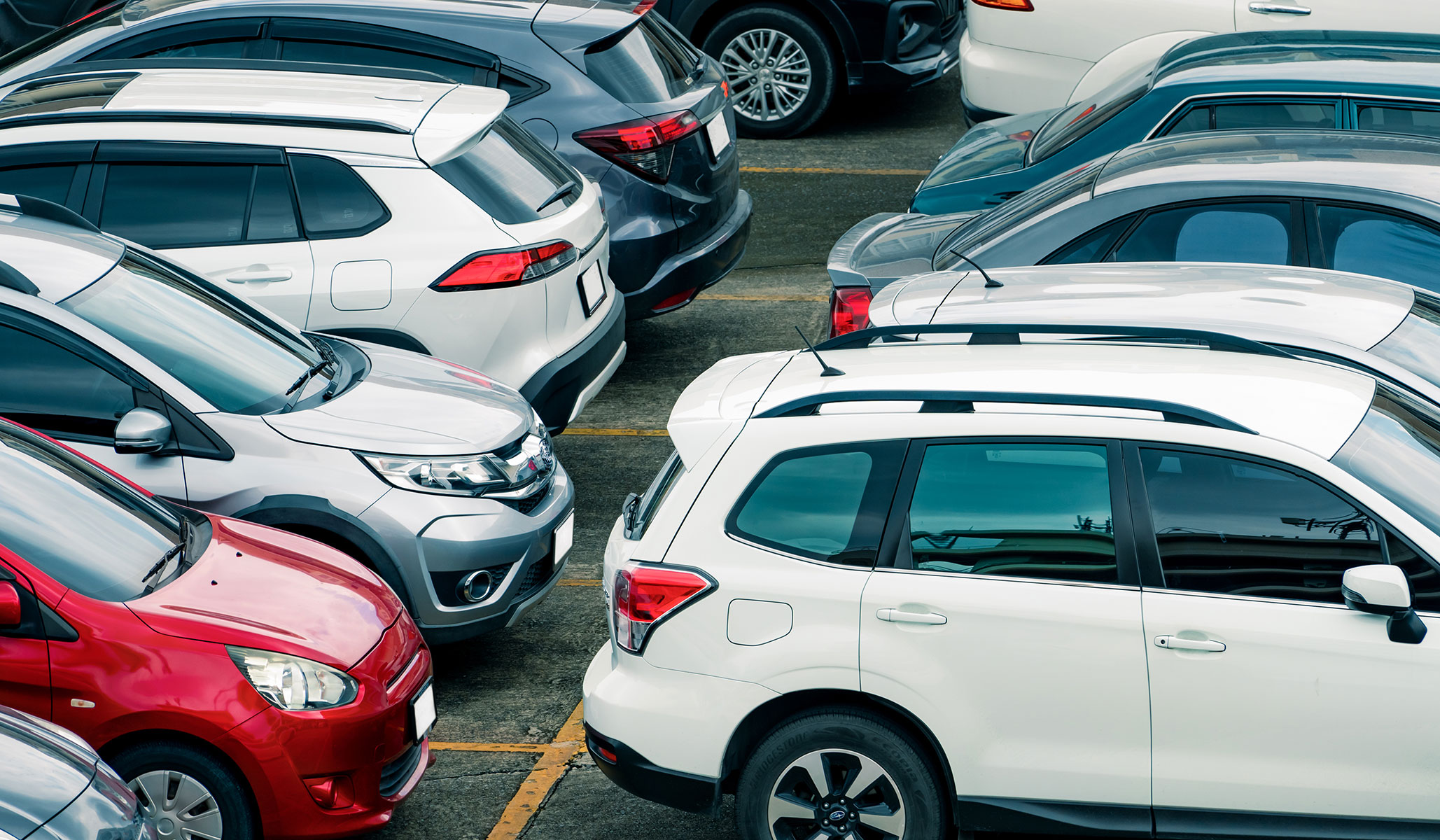


The Biden administration unveiled the most stringent vehicle emissions standards ever considered on Wednesday as part of its push to strong arm car makers and consumers into transitioning to electric vehicles.
The White House announced that the EPA is considering two new emissions rules as part of a plan to ensure that electric vehicles make up 50 percent of new auto sales by 2032.
“EPA estimates that by 2032, if finalized, the proposed rules could result in electrification of 67% of new sedans, crossovers, SUVs, and light trucks; 50% of new vocational vehicles (such as buses and garbage trucks); 35% of new short-haul freight tractors; and 25% of new long-haul freight tractors,” read a White House statement.
“Cars and truck manufacturers have made clear that the future of transportation is electric,” the statement continued. “The market is moving.”
The first EPA rule would target emissions of greenhouse gases and pollutants from passenger cars, vans, and light trucks. The second rule would update vehicle emissions standards for greenhouse gas emissions from buses, freight trucks, and other heavy-duty vehicles. The most aggressive proposal would have the auto industry cut emissions in passenger cars and pickups by half from 2026 to 2032.
Gas-powered vehicles make up the largest source of greenhouse gas emissions and the Biden administration has consequently zeroed in on the auto industry in its attempt to comply with the Paris Agreement, in which it pledged to cut emissions by 50 percent below 2005 levels by 2030.
The aggressive plans raise a number of concerns for critics. Gas-powered vehicles still make up over 90 percent of the market share of new vehicles, reflecting the fact that electric vehicles are more expensive.
While automakers are selling more electric vehicles, the plans would accelerate the process drastically. The underlying infrastructure is not there to support such a shift. The cost of rare minerals needed for electric vehicle batteries remains high and there are also concerns surrounding the availability of charging station and affordable electric vehicles, the Washington Post reported.
The level of government intervention in the auto industry is recently unprecedented, with the administration having moved from carrot to stick.
“I don’t think we’re ready for it. I think we need one more learning cycle, with the consumer, with the infrastructure, with the technology and the supply base. Maybe we need to go a little slower now, to go faster later with better technology,” ex-GM executive Larry Burns told the Post.
The move also represents an escalation from last year’s Inflation Reduction Act (IRA), which included tax credits for EV manufacturers in a push to decrease foreign reliance.
However, the administration has been accused of not implementing the IRA according to congressional intent. Senator Joe Manchin (D., Wv.), chairman of the Senate Energy Committee, has repeatedly argued the administration is bending to the will of climate activists instead of focusing on decreasing energy reliance to foreign countries like China.
“The IRA and the EV tax credits must be implemented according to the Congressional intent to ensure the United States, as the superpower of the world, is not beholden to countries that don’t share our values,” he continued,” explained Manchin in a January statement in which he proposed legislation to force the administration to comply.
